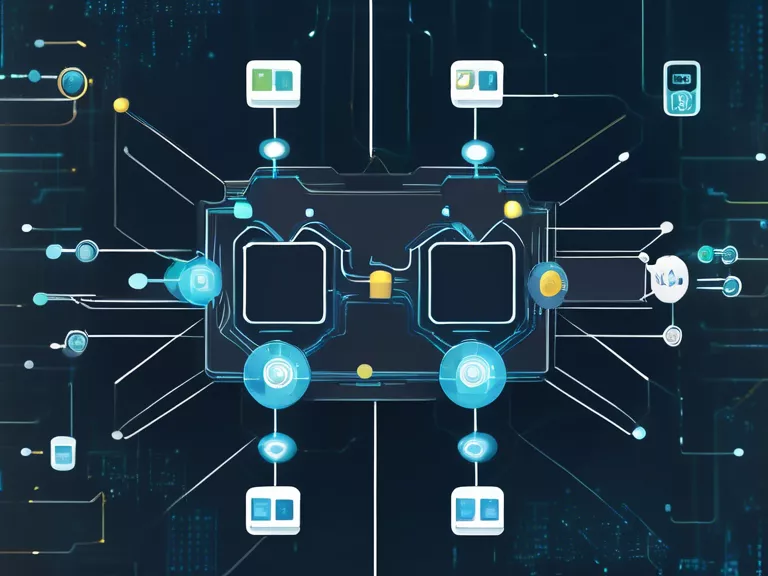
Introduction
In today's fast-paced supply chain industry, real-time tracking has become essential for ensuring efficiency and transparency. One of the key technologies that enable real-time tracking is Internet of Things (IoT) integration. By leveraging IoT devices and sensors, companies can gather valuable data about their assets, products, and processes in real time, leading to improved decision-making and operational performance.
The Role of IoT in Real-Time Tracking
IoT devices such as GPS trackers, RFID tags, and temperature sensors can be integrated into various points along the supply chain to monitor the movement and condition of goods. These devices collect data on location, temperature, humidity, and other relevant parameters, which can be transmitted to a central system for analysis.
Benefits of Real-Time Tracking with IoT
Improved Visibility: Real-time tracking with IoT provides real-time visibility into the supply chain, allowing companies to track the exact location and status of their assets at any given time.
Enhanced Security: By monitoring the movement of goods in real time, companies can detect and respond to security threats such as theft or tampering promptly.
Optimized Operations: Real-time tracking data can be used to optimize logistics operations, reduce delays, and improve overall efficiency in the supply chain.
Quality Control: IoT sensors can monitor environmental conditions such as temperature and humidity, ensuring that products are stored and transported under the right conditions to maintain quality.
Implementation Challenges
While the benefits of IoT integration for real-time tracking are significant, there are some challenges to consider. These include:
Data Security: Protecting the data transmitted by IoT devices from cyber threats is crucial to ensure the integrity and confidentiality of the information.
Interoperability: Integrating IoT devices from different manufacturers and ensuring they can communicate with each other seamlessly can be a complex task.
Scalability: As the volume of data generated by IoT devices increases, companies need to have scalable infrastructure and analytics capabilities to handle and derive insights from this data effectively.
Case Studies
Several companies have successfully implemented IoT integration for real-time tracking in their supply chains. For example, a leading logistics company used IoT sensors to track the location and condition of perishable goods during transportation, reducing spoilage and improving customer satisfaction.
Future Trends
As technology continues to advance, we can expect to see further innovations in IoT integration for real-time tracking. This may include the use of artificial intelligence and machine learning algorithms to analyze IoT data and predict potential supply chain disruptions proactively.
Conclusion
IoT integration for real-time tracking is revolutionizing the supply chain industry by providing companies with unprecedented visibility and control over their operations. By leveraging IoT devices and sensors, businesses can enhance security, optimize operations, and ensure the quality of their products throughout the supply chain. As companies continue to embrace IoT technology, the future of real-time tracking looks promising for driving operational excellence and customer satisfaction.

